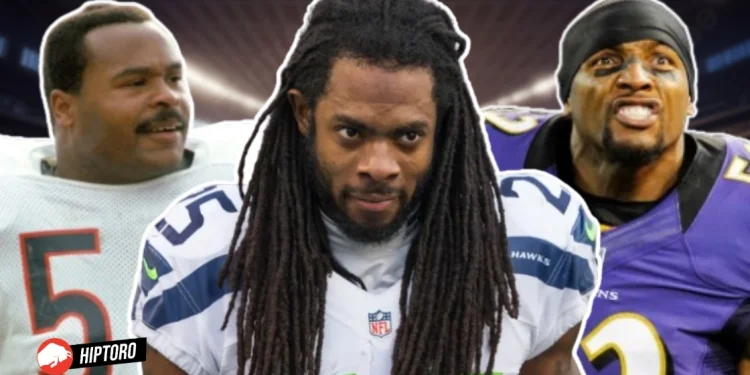When discussing the top NFL defenses of all time, we dive into analysis not just of statistics but of impact, game-changing ability, and the legacy these units have left on the sport of football. From the hard-hitting linebackers of the 1970s to the strategic masterminds of the 21st century, the NFL has seen an evolution in defensive prowess that has consistently reshaped how the game is played. In this deep exploration, we will uncover the defining characteristics and pivotal moments that have etched these teams into the annals of NFL history.
To begin, let’s consider what makes a defense truly great. It’s not solely about the points allowed or the flashy playmaking, although those are undoubtedly important. It’s also about dominance over the opposition, adaptability to the evolving nature of the NFL, and the ability to perform under pressure, particularly in postseason contests. With these criteria in mind, we delve into a detailed analysis of the ten greatest NFL defenses of all time, looking at their composition, key games, and the overall impact of their era.
Here are the Top 10 NFL Defenses of All Time
1. 1985 Chicago Bears
The 1985 Chicago Bears remain synonymous with defensive greatness, thanks to their aggressive “46 Defense” scheme masterminded by Buddy Ryan, their defensive coordinator. Led by head coach Mike Ditka, the Bears dominated the NFL that season, building a reputation for ruthless pressure, tight coverage, and sheer physical dominance. Their front seven, featuring Hall of Famers like Richard Dent, Dan Hampton, and Mike Singletary, spearheaded a defensive unit that struck fear into offensive coordinators across the league.
The season began with a string of emphatic victories that showcased the defense’s ferocity. The Bears rolled to a 12-0 record before losing their only game of the season to the Miami Dolphins. They finished the regular season 15-1, conceding just 198 points, the fewest in the league. Their 46 Defense, which relied on overwhelming the line of scrimmage with six players and putting relentless pressure on the quarterback, confused and debilitated offenses, leading to a league-leading 34 interceptions and 64 sacks.
In the playoffs, the Bears shut out both the New York Giants and the Los Angeles Rams before a dominant display in Super Bowl XX. In that game, they decimated the New England Patriots 46-10, setting a record for the most lopsided margin of victory in Super Bowl history at the time. Richard Dent, who recorded 1.5 sacks, forced two fumbles and blocked a pass, was named Super Bowl MVP.
The Bears’ defensive dominance was rooted in a perfect blend of talent and coaching. Mike Singletary, the middle linebacker, was the unquestioned leader on the field, orchestrating the defense with pinpoint precision. Defensive ends Richard Dent and Dan Hampton terrorized quarterbacks, while William “The Refrigerator” Perry added muscle to the defensive line. The secondary, led by Gary Fencik and Dave Duerson, capitalized on quarterback mistakes with timely interceptions.
The 1985 Chicago Bears redefined defensive football with their aggression and swagger. Their legacy remains strong, with subsequent defensive units often compared to their dominance. Their impact on the game is still felt today, not just in Chicago but across the NFL. They set the bar for future defenses, embodying the adage that “defense wins championships.”
2. 2000 Baltimore Ravens
The 2000 Baltimore Ravens built a legacy that resonates in NFL history as one of the fiercest defenses to ever grace the gridiron. Coached by Brian Billick and coordinated by Marvin Lewis, this defense was constructed around a relentless front seven and a ball-hawking secondary, led by the indomitable Ray Lewis, a middle linebacker whose intensity and leadership defined the team’s identity.
Entering the season, expectations were high due to the talent and potential on the roster. However, nobody predicted the Ravens would deliver such a historically dominant defensive performance. They allowed only 165 points in the regular season, setting a new NFL record for the fewest points allowed in a 16-game season. Their run defense, anchored by tackles Tony Siragusa and Sam Adams, was particularly stingy, allowing only 970 rushing yards total — another NFL record. Opposing running backs often found themselves engulfed by a swarm of defenders before reaching the line of scrimmage.

Ray Lewis, the team’s leader and emotional core, was named Defensive Player of the Year after a season in which he recorded 137 tackles, three sacks, and two interceptions. His leadership, ability to read offenses and sideline-to-sideline play cemented his reputation as one of the greatest linebackers ever. Outside linebackers Jamie Sharper and Peter Boulware complemented Lewis by consistently pressuring quarterbacks and sealing the edges.
In the secondary, Rod Woodson and Chris McAlister anchored a unit that intercepted 23 passes and allowed the fewest passing yards in the league. The Ravens’ pass rush forced quarterbacks into hurried throws, resulting in critical turnovers that swung games in their favor.
The 2000 Ravens set a new standard for defensive excellence with their ability to control games through suffocating pressure and an unyielding secondary. Their blend of talent, coaching, and leadership created a defense that left opposing offenses in disarray. Their 2000 campaign stands as a testament to how defense, even in an offensive-centric league, can still decisively win championships.
3. 1976 Pittsburgh Steelers
The 1976 Pittsburgh Steelers epitomized defensive resilience and earned a place in NFL history as one of the most formidable defensive teams of all time. Known as the “Steel Curtain,” the defense was loaded with future Hall of Famers, including Mean Joe Greene, Jack Lambert, Mel Blount, and Jack Ham. This unit, under the leadership of head coach Chuck Noll, delivered performances that embodied toughness, discipline, and strategic acumen.

The season began inauspiciously, with the Steelers stumbling to a 1-4 record. However, a shift occurred when their offense lost star running backs Franco Harris and Rocky Bleier to injury. Forced to rely heavily on their defense, the Steelers shifted to a more conservative, defense-first strategy that ultimately transformed the team. They won their final nine games, conceding only 28 points over that stretch. In six of those games, they didn’t allow a single touchdown, and five of those wins were shutouts.
During this dominant run, they allowed just 3.1 yards per play and fewer than 200 yards per game. Their pass defense, anchored by Mel Blount and Donnie Shell, shut down opposing passing attacks. Meanwhile, their linebackers and defensive linemen kept running backs bottled up, allowing just 2.9 yards per carry. Their relentless pass rush, led by Joe Greene and L.C. Greenwood, sacked quarterbacks 46 times and forced a league-leading 46 turnovers.
Although their Super Bowl dreams ended abruptly, the legacy of the 1976 Pittsburgh Steelers defense is unquestioned. Their ability to completely shut down opposing offenses, despite immense pressure, remains legendary. The “Steel Curtain” defense of this era was not only about star power but also about a cohesive unit that executed its strategy to perfection. Chuck Noll’s leadership, combined with the players’ sheer talent and tactical brilliance, solidified this team’s place in football lore.
4. 1972 Miami Dolphins
The 1972 Miami Dolphins made NFL history by becoming the only team to complete a perfect season, going 14-0 in the regular season and winning Super Bowl VII. While their offense, led by the dynamic backfield of Larry Csonka, Mercury Morris, and Jim Kiick, was formidable, the unsung hero of their unbeaten campaign was their defense. Known as the “No-Name Defense,” this unit was orchestrated by defensive coordinator Bill Arnsparger and anchored by players like Nick Buoniconti, Manny Fernandez, and Jake Scott.
Throughout the regular season, the Dolphins defense was a model of consistency, allowing just 171 points across 14 games. They held opponents to an average of 12.9 points per game and stifled running games, giving up just 90 rushing yards per contest. Their secondary, led by Jake Scott and Dick Anderson, intercepted 26 passes and yielded the fewest passing yards in the league.
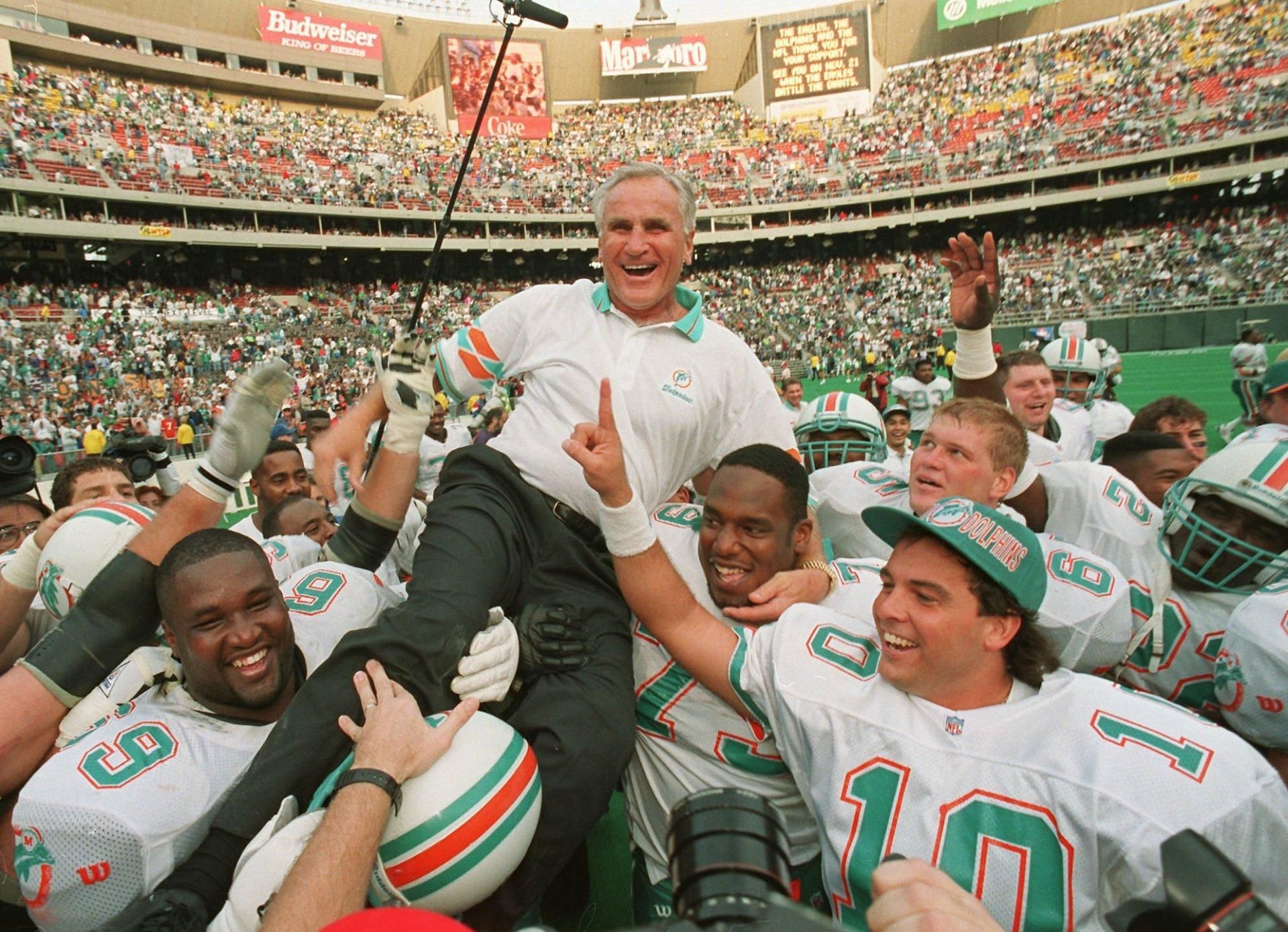
Nick Buoniconti, the leader of the defense, excelled in diagnosing plays and leading the unit on the field. His 91 tackles and three interceptions were critical to the team’s success. Manny Fernandez was a force on the defensive line, regularly breaking through offensive lines to disrupt the opposing quarterbacks and running backs.
The Dolphins began their playoff run with a comfortable 20-14 victory over the Cleveland Browns. In the AFC Championship game, their defense completely shut down the Pittsburgh Steelers, allowing just 17 points in a 21-17 win. Their Super Bowl VII matchup against the Washington Redskins was a defensive masterclass. Despite losing quarterback Bob Griese early in the season, the Dolphins defense held strong, forcing multiple turnovers and limiting the Redskins to just 228 total yards. The Dolphins won 14-7 to secure their perfect season.
Bill Arnsparger’s defensive scheme was rooted in discipline and teamwork. The “No-Name Defense” earned its moniker due to the lack of individual superstars. However, this was an intentional strategy by Arnsparger, who cultivated a mentality of selflessness and unity among his players. His zone-based defensive schemes and emphasis on situational awareness made the Dolphin’s defense nearly impenetrable.
The legacy of the 1972 Miami Dolphins defense is often overshadowed by the team’s unbeaten season. However, their ability to consistently prevent opponents from scoring, coupled with a balanced and dynamic offense, proved the perfect recipe for an enduring legacy. Their perfect season remains unmatched in NFL history, a testament to their teamwork, discipline, and unwavering determination.
5. 2013 Seattle Seahawks
The 2013 Seattle Seahawks transformed the modern perception of NFL defense with their “Legion of Boom,” a secondary that terrorized opposing quarterbacks and receivers alike. This defense, led by head coach Pete Carroll and defensive coordinator Dan Quinn, was built on physicality, relentless pressure, and aggressive playmaking. With Richard Sherman, Earl Thomas, Kam Chancellor, and Byron Maxwell in the secondary, they redefined how defenses could disrupt passing games.
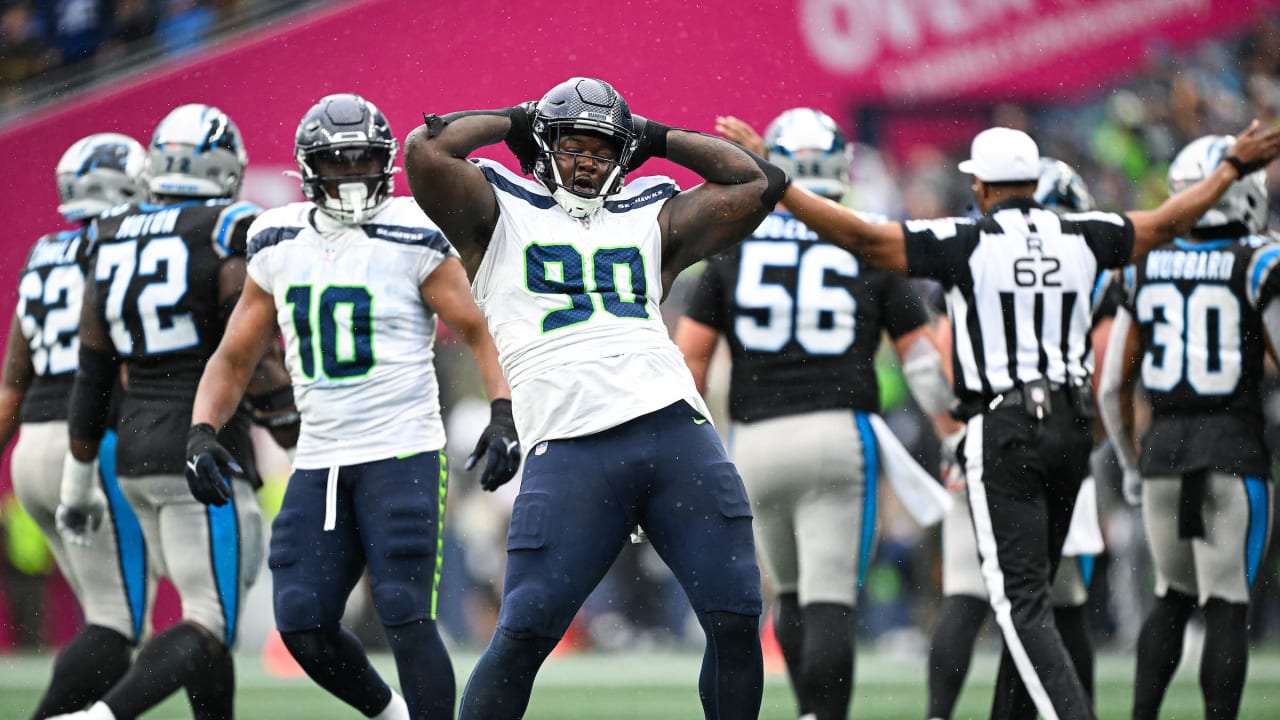
Their defensive philosophy revolved around imposing their will on opponents from the first snap to the final whistle. The Seahawks led the NFL in points allowed (231), total yards allowed (4,378), and interceptions (28). Their turnover differential of +20 reflected their ability to both create takeaways and protect the ball on offense. Richard Sherman was the most vocal and visible player, leading the league with eight interceptions while routinely shutting down his side of the field.
Earl Thomas, the free safety, excelled in deep coverage, making it difficult for quarterbacks to connect on long passes. Kam Chancellor brought a physical edge to the secondary, delivering bone-crushing hits that made receivers think twice before coming across the middle. Their dominance allowed the defensive front seven to attack quarterbacks relentlessly, racking up 44 sacks. Michael Bennett and Cliff Avril consistently pressured quarterbacks, while Bobby Wagner and K.J. Wright patrolled the middle of the field.
The 2013 Seahawks not only set the standard for defensive excellence in the modern era but also changed how teams approach roster building, scouting, and defensive schemes. Their legacy is etched in NFL history as one of the most dominant defensive units to ever take the field.
6. 2002 Tampa Bay Buccaneers
The 2002 Tampa Bay Buccaneers, under the guidance of head coach Jon Gruden and defensive coordinator Monte Kiffin, crafted a defensive masterpiece that brought the franchise its first Super Bowl victory. With a lineup stacked with talent and led by linebacker Derrick Brooks, defensive tackle Warren Sapp, cornerback Ronde Barber, and safety John Lynch, the Buccaneers dominated their opponents with speed, power, and strategic acumen.
Monte Kiffin’s “Tampa 2” defensive scheme was the cornerstone of their success. This defense emphasized strong linebacker play, particularly in pass coverage, while maintaining a relentless pass rush upfront. The Buccaneers led the NFL in points allowed (196), total yards allowed (4,077), and interceptions (31). They held opposing quarterbacks to a mere 48.4% completion rate, the lowest in the league, and forced 38 turnovers.
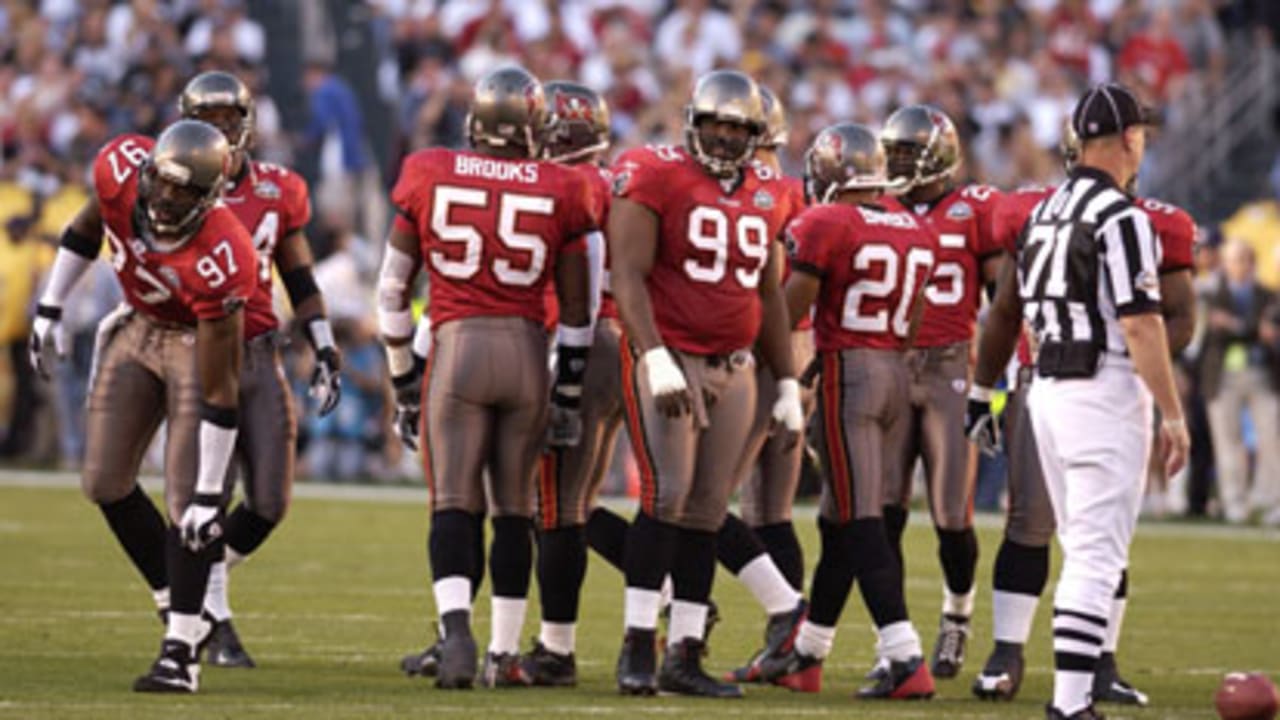
Derrick Brooks, the team’s captain and emotional leader, was a tackling machine, recording 117 tackles, five interceptions, and four defensive touchdowns en route to being named Defensive Player of the Year. Warren Sapp provided a relentless interior pass rush, tallying 7.5 sacks, while Ronde Barber and John Lynch anchored a secondary that excelled in both zone and man coverage. Barber, in particular, was known for his ability to read quarterbacks and deliver timely interceptions.
The Buccaneers’ defensive prowess was on full display throughout the season. They allowed opponents to score more than 20 points only once in the first 12 games and regularly forced multiple turnovers, turning defense into offense with ease. Their defensive line, including Simeon Rice and Greg Spires, consistently pressured quarterbacks, combining for over 22 sacks.
Ultimately, the 2002 Tampa Bay Buccaneers defense not only secured a championship but also left an indelible mark on NFL history. Their innovative approach to defense, coupled with their elite playmakers, solidified them as one of the greatest defensive teams ever. Their success influenced defensive schemes for years, proving that disciplined zone defense and a strong pass rush could win championships.
7. 1991 Philadelphia Eagles
The 1991 Philadelphia Eagles defense, coached by the legendary Buddy Ryan and coordinated by Bud Carson, stands out as a historically dominant unit despite the team’s offensive shortcomings. This defense led the NFL in rushing defense, passing defense, and total defense, a trifecta never achieved before in the league. They accomplished this feat with a relentless front seven and a ball-hawking secondary, anchored by Hall of Famers Reggie White and Jerome Brown, as well as standout linebackers Seth Joyner and Clyde Simmons.
Their defensive line was one of the most feared in the league. Reggie White, known as the “Minister of Defense,” recorded 15 sacks, while Simmons and Brown contributed 13 and nine sacks, respectively. The Eagles’ pass rush amassed 55 sacks, consistently pressuring quarterbacks and disrupting offensive game plans. They held opponents to a paltry 3.0 yards per carry, the lowest in the league.
/cdn.vox-cdn.com/uploads/chorus_image/image/69915291/482348523.0.jpg)
Linebackers Seth Joyner and Byron Evans patrolled the middle of the field, providing excellent run support and coverage skills. Joyner recorded 110 tackles, 6.5 sacks, and three interceptions, while Evans added over 100 tackles and served as a stabilizing presence. The secondary, led by Eric Allen and Wes Hopkins, forced opposing quarterbacks into hurried decisions, leading to a league-high 26 interceptions.
Despite losing starting quarterback Randall Cunningham to injury early in the season, the Eagles’ defense carried the team to a 10-6 record. They allowed just 3,549 total yards and a mere 221 points. Their dominance peaked during a four-game stretch in which they surrendered just 24 points. Their efforts were instrumental in compensating for the offense’s struggles.
Ultimately, the 1991 Eagles defense is celebrated not just for its statistical achievements but for the intensity and resilience it brought to the field. Despite missing the postseason, they are often regarded as one of the best defenses to never win a Super Bowl. Their relentless style and unparalleled ability to control games remain a high watermark in defensive football.
8. 1969 Kansas City Chiefs
The 1969 Kansas City Chiefs stand out as a testament to defensive excellence in the pre-merger era of professional football. Under the guidance of head coach Hank Stram and defensive coordinator Tom Bettis, the Chiefs constructed a defense that suffocated opponents with a combination of size, speed, and tactical ingenuity. Their defense, known as the “Triple Stack Defense,” featured an array of Hall of Famers, including Buck Buchanan, Bobby Bell, Willie Lanier, and Emmitt Thomas.
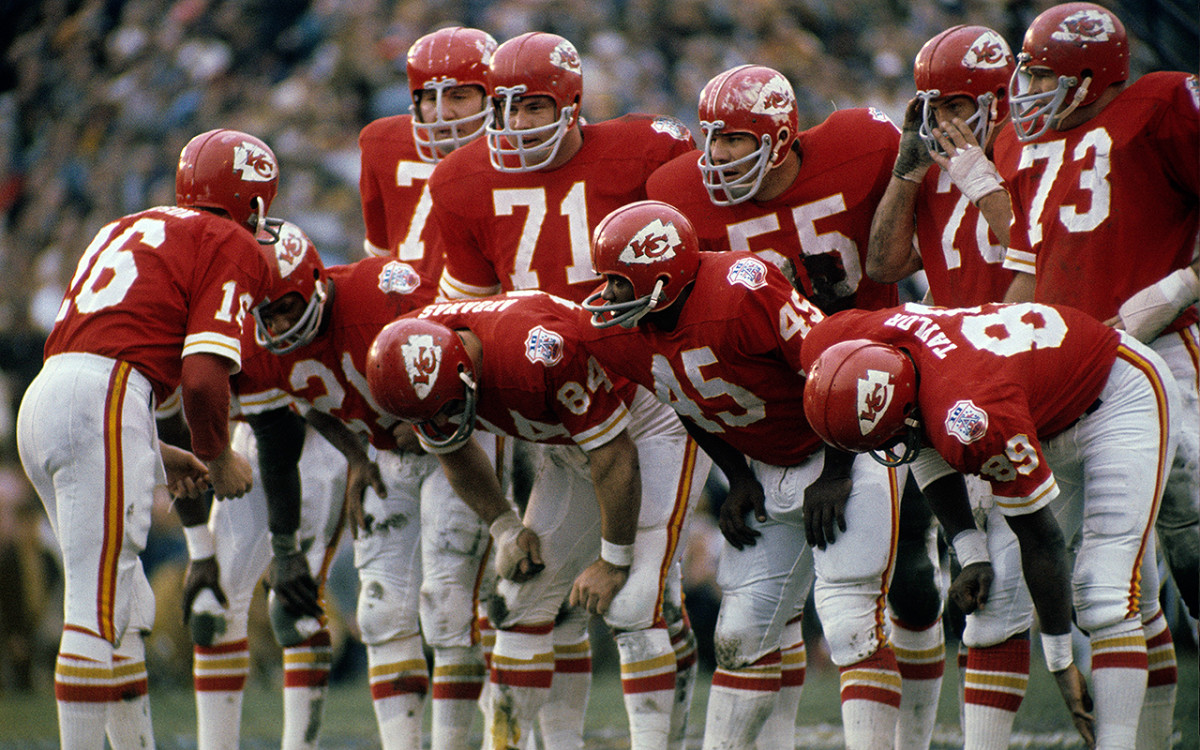
During the regular season, the Chiefs allowed only 177 points in 14 games, holding opponents to an average of just 12.6 points per game. Their defensive front, led by Buck Buchanan and Curley Culp, stuffed running backs at the line of scrimmage and consistently pressured quarterbacks. Buchanan’s size and quickness made him a nightmare for opposing offensive lines, while Culp excelled at clogging running lanes.
Linebackers Bobby Bell and Willie Lanier were the heart and soul of the defense. Bell’s ability to cover sideline to sideline made him a versatile playmaker, while Lanier’s hard-hitting style set the tone for the defense. They combined for over 150 tackles and multiple interceptions, helping to control the middle of the field.
The Chiefs faced the Minnesota Vikings, whose defense was known as the “Purple People Eaters,” in Super Bowl IV. The Chiefs’ defense delivered a masterful performance, intercepting quarterback Joe Kapp twice and recovering two fumbles en route to a 23-7 victory. Their relentless pressure forced the Vikings to abandon their game plan, while their disciplined coverage shut down Minnesota’s receivers.
The 1969 Kansas City Chiefs are remembered for their strategic innovation and their ability to adapt to different offensive schemes. Hank Stram’s willingness to experiment with new defensive alignments, combined with Tom Bettis’ astute game planning, created a defense that was always one step ahead. Their dominance culminated in their Super Bowl triumph, securing the Chiefs’ first and only AFL-NFL Championship.
9. 1962 Green Bay Packers
Vince Lombardi’s 1962 Green Bay Packers were the embodiment of defensive excellence, discipline, and physicality. This unit, coached by Lombardi and coordinated by Phil Bengtson, featured future Hall of Famers like Ray Nitschke, Herb Adderley, and Willie Davis. Together, they crafted a defense that complemented Lombardi’s power-running offense perfectly, paving the way to a 13-1 regular-season record and an NFL Championship.
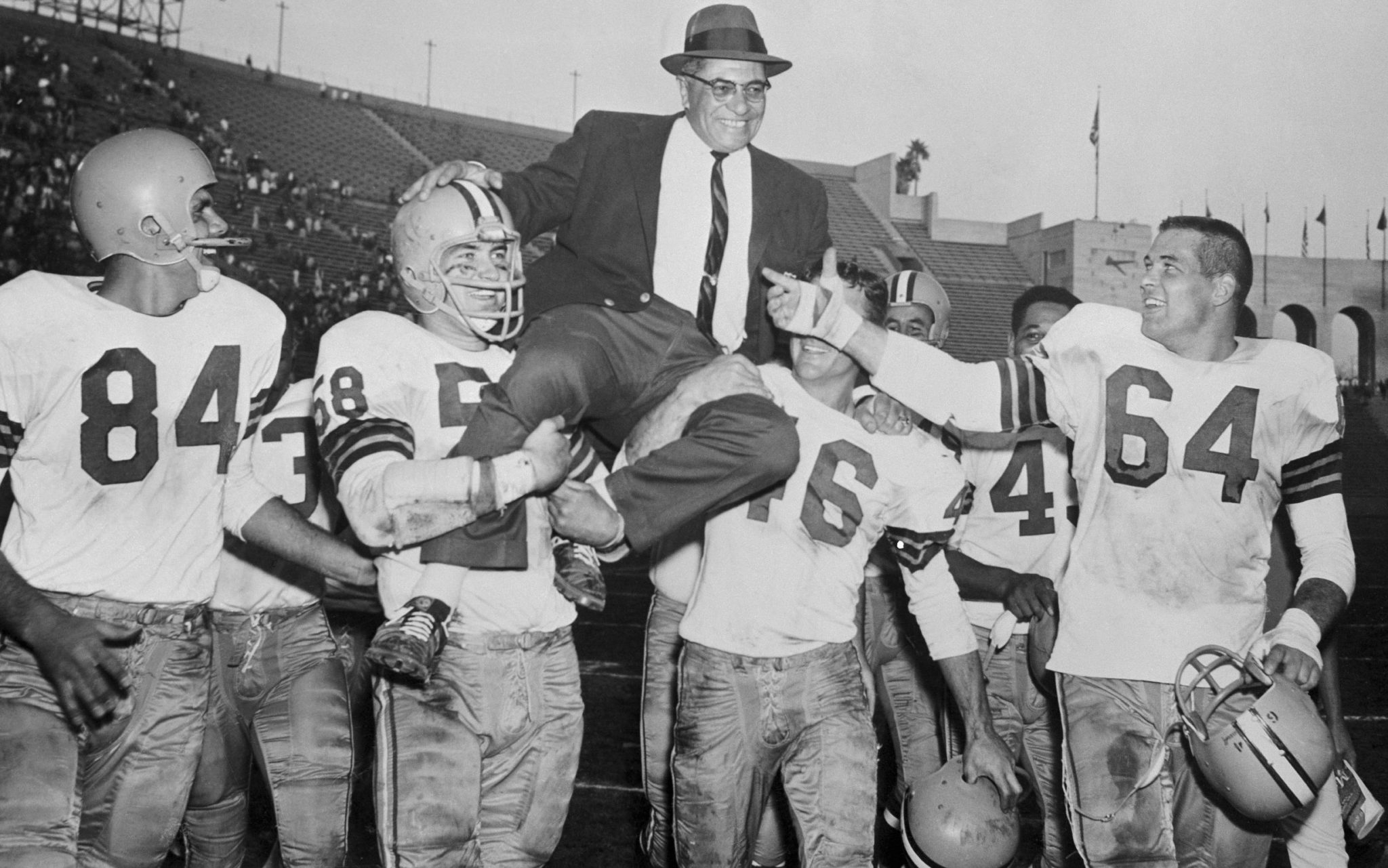
The Packers allowed only 148 points in the regular season, giving up just 10.6 points per game. Their defense suffocated opponents with its versatility and adaptability. Their defensive line, led by Willie Davis, Bill Quinlan, and Henry Jordan, consistently pressured quarterbacks and clogged running lanes. They recorded 36 sacks and forced numerous hurried throws.
The 1962 Green Bay Packers cemented their legacy as one of the most disciplined and efficient defenses in NFL history. Lombardi’s strategic brilliance, combined with the defensive leadership of Ray Nitschke and the all-around talent across the field, made them a formidable force. Their ability to control games with their defense set a precedent for future championship teams and contributed to Vince Lombardi’s legacy as one of the greatest coaches in football history.
10. 2015 Denver Broncos
The 2015 Denver Broncos’ defense dominated the NFL with a relentless pass rush and a secondary that suffocated receivers, earning them the moniker “No Fly Zone.” Under head coach Gary Kubiak and defensive coordinator Wade Phillips, the Bronco’s defense became a unit capable of winning games single-handedly. Anchored by Von Miller and DeMarcus Ware upfront and Chris Harris Jr. and Aqib Talib in the secondary, they led Denver to Super Bowl 50 and secured a victory.

The Broncos led the NFL in yards allowed per game (283.1) and sacks (52), thanks to an aggressive, attacking defensive front. Von Miller, the team’s star outside linebacker, was nearly unblockable, recording 11 sacks in the regular season. DeMarcus Ware, despite being in the latter stages of his career, provided a veteran presence and contributed 7.5 sacks. The front seven, including Derek Wolfe and Malik Jackson, consistently pressured quarterbacks and stuffed running lanes, allowing only 3.3 yards per carry.
Inside linebackers Brandon Marshall and Danny Trevathan were equally impactful. They provided steady tackling and coverage, helping to stifle opposing tight ends and running backs. Marshall led the team in tackles with 102, while Trevathan added 109 and two interceptions.
The 2015 Denver Broncos defense redefined how dominant a unit could be. Their blend of strategic scheming, veteran leadership, and explosive playmaking made them nearly unstoppable. Wade Phillips’ ability to maximize the strengths of his players resulted in one of the most complete defensive performances in NFL history.


